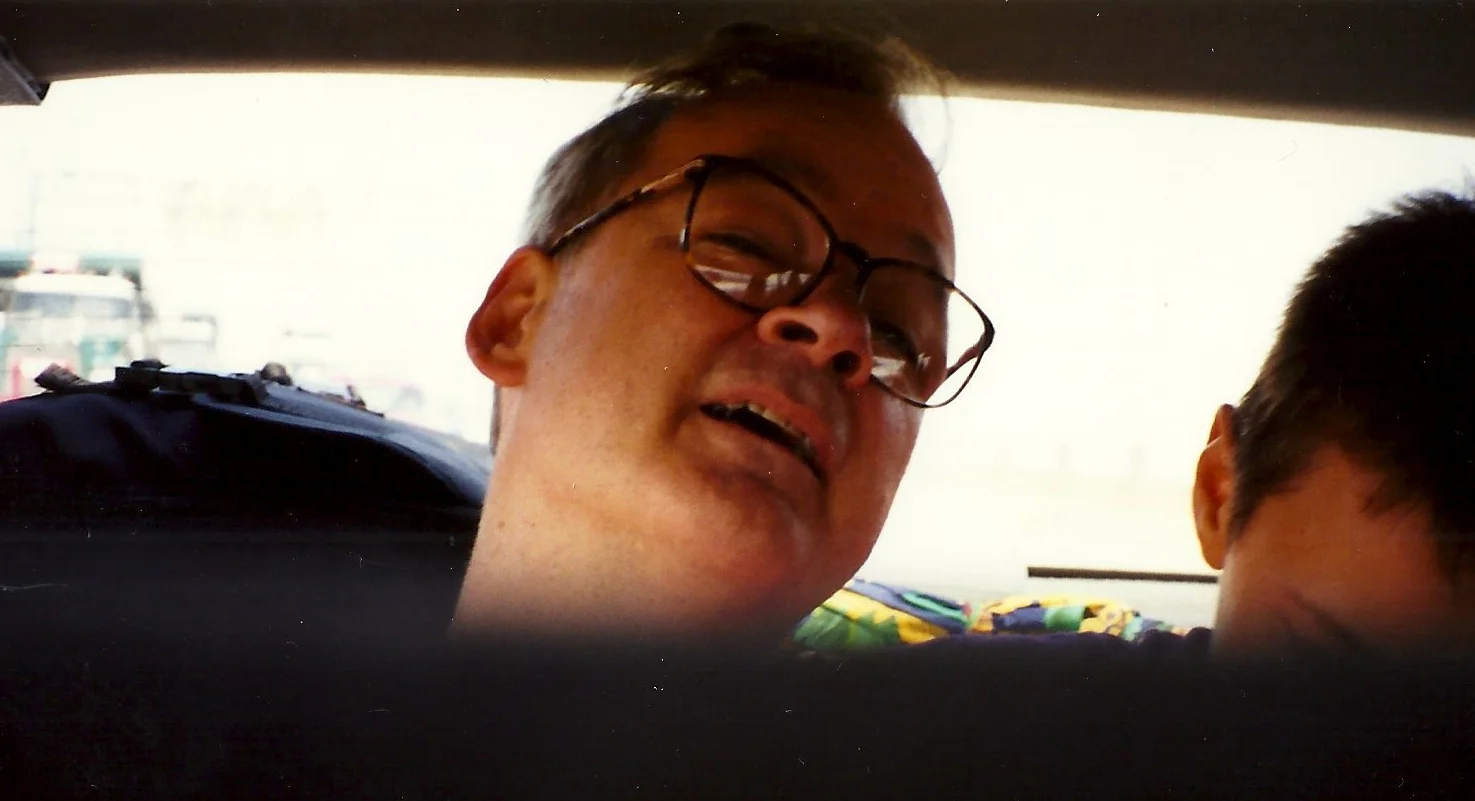A feature by David Grubbs
. . . I really knew very little about Tony, and in retrospect this makes me laugh, given everywhere he’d been and everything he’d done. To this day I continue to be surprised—though I shouldn’t be surprised at being surprised—as I learn more about Tony’s activities, as are even those people who were closest to him. Occasionally one hears the term “Zelig” in reference to Tony, but it misses the point of his functioning as an unexpected and often ingenious engine at the many intersections between music, experimental film, visual art, performance, media activism, and education. A better epithet is that of Virgil, the role in which art historian Branden W. Joseph casts him in order to survey the Inferno of the New York underground of the 1960s in Beyond the Dream Syndicate: Tony Conrad and the Arts after Cage (2008). Regardless, on that evening in the summer of 1994 we were having a grand old get-to-know-ya backstage at the Hothouse during a show featuring Gastr del Sol and Tortoise. Lord knows what we were even talking about. I recall Tony’s fedora; his signature contagious laugh, which he might abruptly cut off for comic and/or pointedly critical effect; and also the way that he made most people feel smart and interesting with his unending and often oblique line of questioning—a Socratic way of being, but without the didactic leading questions. . . .





















